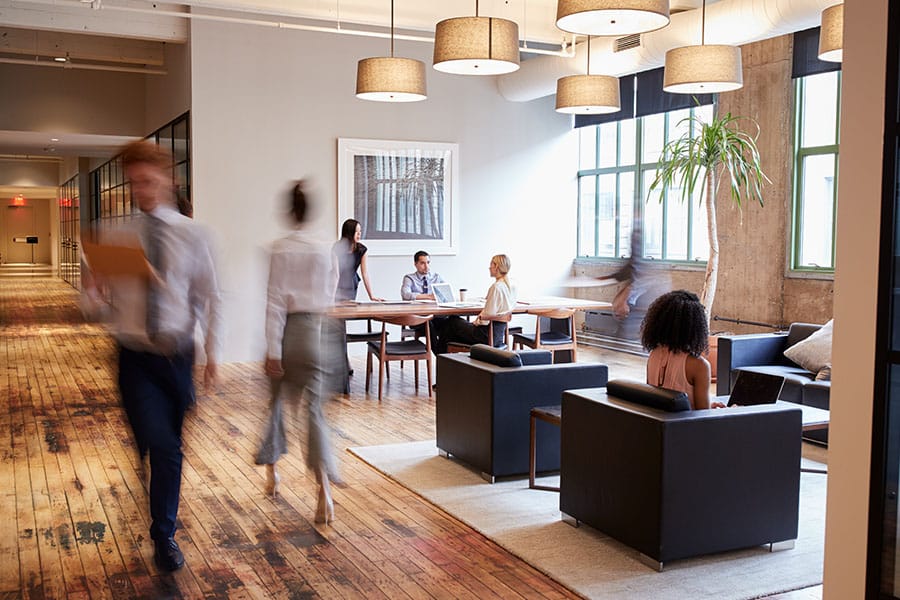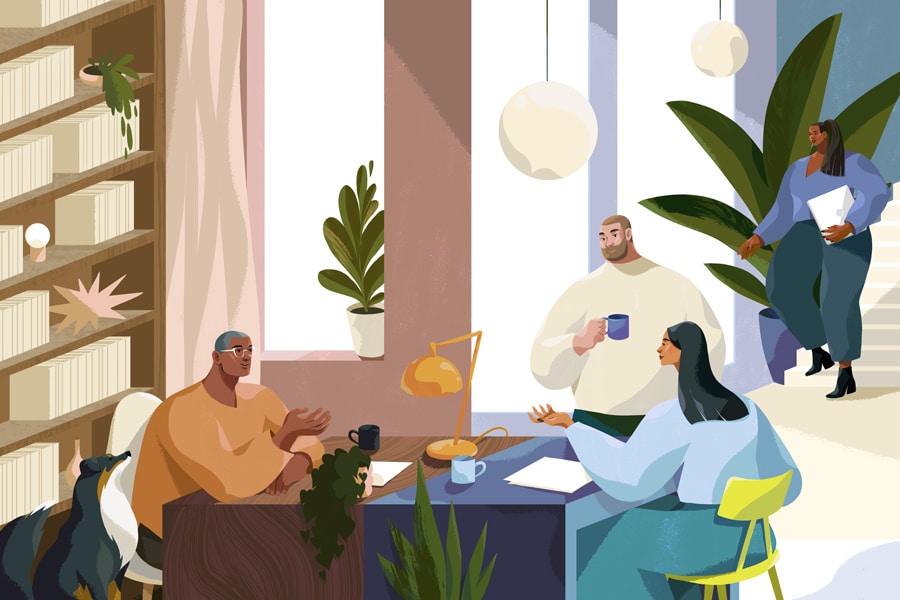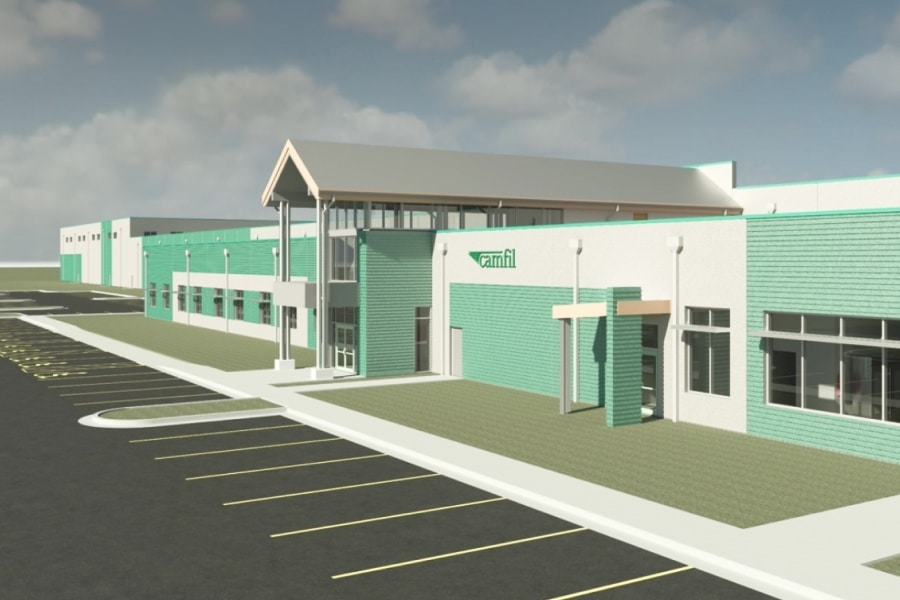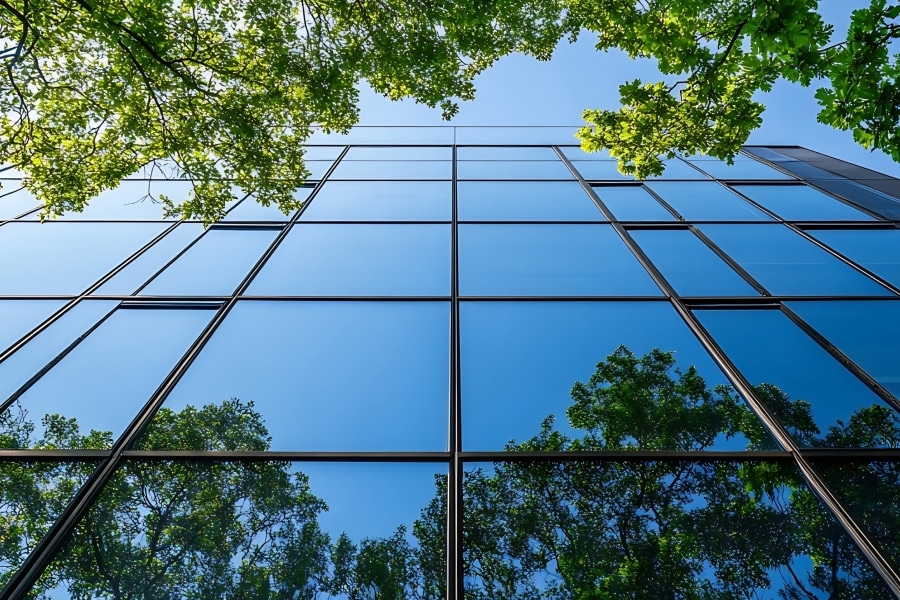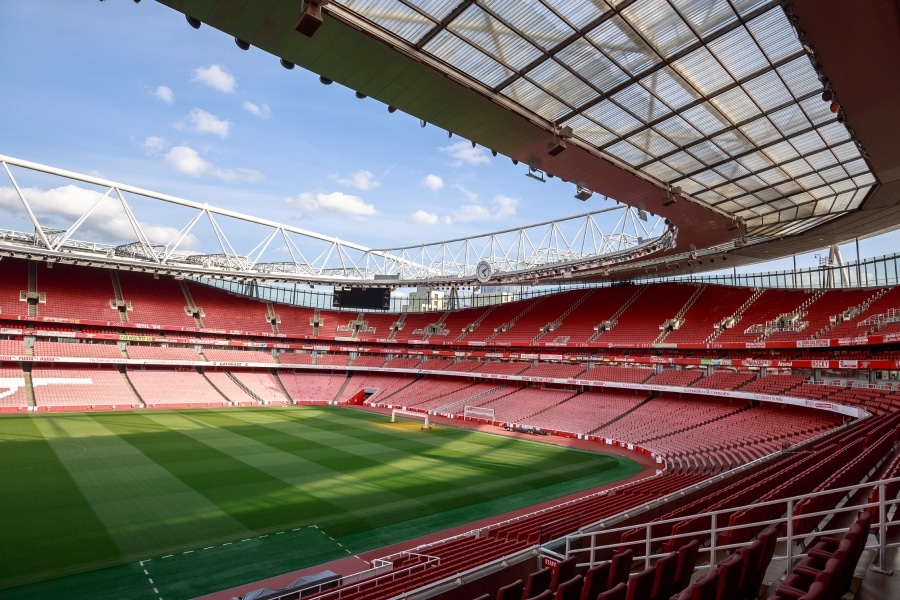The COVID-19 pandemic changed the world of work forever. Since March 2020, when the pandemic sent most office-based workers home to work indefinitely, until now, when many companies are desperately trying to lure workers back into offices (with little success), attitudes about working in a shared office space have changed dramatically.
Simply put: The pandemic uncovered that many didn’t like working in offices to begin with and are far more productive working from home.
Some workers, as a result, now prefer exclusive remote working arrangements, while others can’t wait to return to the office because they either crave in-person interaction or found it difficult to work from home. Still others prefer a mix of remote and in-office work, known as hybrid work.
As companies try to get workers to return to the office now that the pandemic has waned, many are examining ways to make their spaces more effective—and attractive—for a post-pandemic world. This has left architects trying to figure out how to design a modern-day office that fits workers’ shifting habits.
Goodbye open plan office space design?
One trend seems clear: Workers don’t like open-plan offices. The style, which caught on in the late 1990s and 2000s as companies aimed to cram more workers into less physical space, reducing overall real estate costs, was once touted as a way to bolster teamwork and collaboration. But the pandemic uncovered that workers like quiet and privacy, especially when working on tasks that require heavy focus, and open plan offices were too distracting. Now architects are trying to reconcile making new-age offices a space for quiet work while also ensuring that they are suited for in-person teamwork and collaboration.

Dyer Brown & Associates, which has offices in Boston and Atlanta, says most of its clients are aiming for some sort of hybrid work arrangement, which means workers want an office suited for activities and tasks that favor in-person interaction, while most of their quiet, heavy-focus work can happen remotely, according to Ashley Dunn, the firm’s director of workplace.
“That can look like a lot of different things—maybe all employees work in the office at least one day a week, or maybe some employees are full-time in-person while others always work from home—but whatever the arrangement, some portion of the work week is still happening at home, which has a big influence on design,” Dunn said.
To create and implement an effective hybrid workplace design and strategy, Dunn said the firm starts with an engagement process with the client to find out what specific work activities and tasks its employees are coming in for—which varies significantly from company to company—and designs to suit those needs.
“Generally, we hear from employees two seemingly contradictory things: (1) they want a place where they can work effectively, which often, but not always, means an emphasis on quiet and privacy, and (2) we hear from them that they also want to be around and interact with other people,” she said.
The latter can mean very different things from an office space design perspective depending on culture and workflow. In a technology company, for instance, Dunn said employees will want to focus on heads-down work when in the office while also finding time to be with other team members for lunches or after-work socializing. In other companies, employees may be going into the office specifically for collaborative work like team huddles, meetings and presentations, while leaving their focused work for when they’re home.
In both cases, Dunn said redesigning the work environment to be 100% private still doesn’t make much sense—but neither does creating a cavernous open space full of workstations, especially if overall in-office headcount is lower with some people working remotely. “That open space can have a post-apocalyptic feel that is just as isolating as a private office,” she said.
Balancing private vs. open
The silver lining of the pandemic is that today most knowledge workers, as well as the companies that employ them, have more choice. “The office is not likely to ever be full or crowded again, with the possible exception of parties or all-hands meetings,” Dunn said. “What employers need to do before redesigning the workplace is to engage with employees, find out what is bringing them into the office and design to support that.”
Chad Byerly, partner of Baker Barrios Architects, doesn’t believe the open-concept office space design is done; rather, it is likely to be modified. For many industries, Byerly said the open plan concept is still desirable, though the nature of how the space is used has changed due to how the pandemic has shifted the way many work.
While job sharing and hybrid work schedules have made the idea of shared desk space, or unassigned workstations, more attractive and practical, companies are putting an increased emphasis on offering specific areas in offices for “heads-down” type of work, where a person would need privacy to focus. Likewise, spaces for phone calls—whether as a group or one-on-one—are also an important feature in an otherwise open concept office.
“Many industries that had moved to the open concept office, like creative agencies, want to incorporate areas to physically spread out with design decks or other paperwork in office redesigns,” he said.
ALSO ON BUILT:
Of course, Byerly said technology is a huge focus on how architects design offices now—especially post-pandemic as more virtual collaboration tools have become mainstream—regardless of whether a firm is for or against the open concept. A high level of connectivity to ensure seamless access to videoconferencing and other digital collaboration technology—and the appropriate space to participate in those meetings—is a must.
After two years of remote work, many employees are seeking the human connection that comes from returning to the office. “Many employers want to foster that positive connection, which is why we are also seeing the ‘wow factor’ of design elements and amenities become a higher priority,” Byerly added.
Toni Lewis, principal of Lewis/Schoeplein Architects in Los Angeles, said her firm has been grappling with these trends over the past two years. The firm has already been asked by clients to make modifications to office space in response to the pandemic and is working with another who is looking to downsize as fewer employees are at the office.
The architecture firm also has two new office projects in design: one at the University of California, Los Angeles, and another for an entertainment client. “Both will have open workstations, although we are seeing a lot more interest in providing flexibility, meaning offering different variations of open and closed spaces for people to work in to go along with options for remote work,” Lewis said.
The current changes to office environments may be cyclical, but Lewis said even before the pandemic there was a bit of “open office fatigue” among some workers, as the desk spaces got smaller and noise-canceling headphones took the place of closed-door offices.
“There are furniture and acoustic system companies we are working with who offer some great prefabricated solutions that keep the cool/hip vibe of the open office plan but offer more privacy to those wary of coming back to a fully open office,” Lewis said. “I think this sort of transition between the two is where we will land, as it will be impractical in terms of cost and space allocation for most organizations to go back to a world of fully closed offices.”

